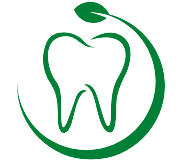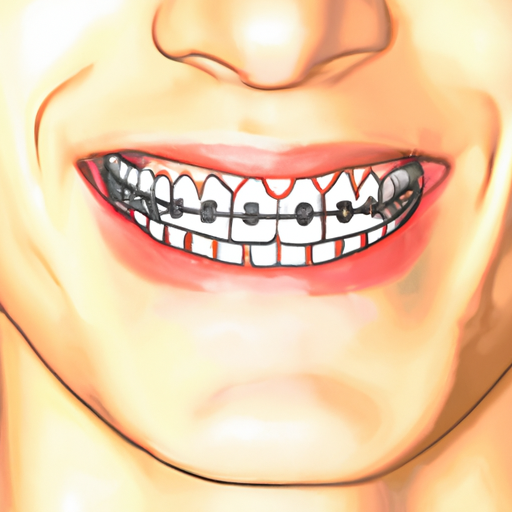Are you considering getting braces to correct your dental misalignment? If so, you’ve come to the right place. This comprehensive guide will provide you with all the information you need to understand braces, their types, diagnosis, and treatment. From exploring the symptoms and causes of dental misalignment to delving into the different types of braces available, this article aims to be your go-to resource for all things related to braces. Whether you’re a teenager or an adult, finding the right braces option for you is crucial, and we’re here to help you make an informed decision. So, let’s dive in and uncover everything you need to know about braces and how they can transform your smile.
1. "Understanding Braces: A Comprehensive Guide to Types, Diagnosis, and Treatment"
Braces are orthodontic devices that are commonly used to correct misaligned teeth and jaws. They have been in use for many years and have proven to be an effective treatment option for various dental conditions. Understanding braces and their different types, as well as the diagnosis and treatment process, is essential for anyone considering orthodontic treatment or seeking information on the subject.
Braces come in different types, each designed to address specific dental issues. The most common type is the traditional metal braces, which consist of metal brackets and wires. These braces are highly effective in correcting complex dental problems and are suitable for patients of all ages. They are also the most affordable option.
Another popular type of braces is ceramic braces. These braces are less noticeable than metal braces as they are made of tooth-colored or clear materials. They blend in with the natural teeth and are a great choice for individuals who are concerned about the aesthetic appearance of their braces.
Lingual braces are another option for those who wish to keep their orthodontic treatment discreet. These braces are attached to the back surface of the teeth, making them virtually invisible from the front. Despite their hidden placement, lingual braces can effectively correct various orthodontic issues.
Invisalign aligners are an innovative alternative to traditional braces. These clear, removable aligners are custom-made for each patient and gradually shift the teeth into their desired position. Invisalign aligners are popular among adults and teenagers who prefer a more discreet and comfortable orthodontic treatment option.
Diagnosing the need for braces involves a thorough examination by an orthodontist or dentist specialized in orthodontics. The dentist will evaluate the alignment of the teeth and jaws, taking into consideration factors such as overcrowding, overbite, underbite, crossbite, or gaps between teeth. X-rays and other imaging techniques may be used to assess the condition and determine the most suitable treatment plan.
Once a diagnosis is made, the orthodontist will create a personalized treatment plan tailored to the patient’s specific needs. This plan will outline the duration
2. "Symptoms and Causes of Dental Misalignment: Exploring the Need for Braces"
Dental misalignment, also known as malocclusion, refers to the improper alignment of teeth and jaws. It can manifest in various forms, such as overcrowding, gaps between teeth, overbites, underbites, and crossbites. These misalignments can lead to several symptoms and causes, making braces a common and effective treatment option.
Symptoms of dental misalignment vary depending on the severity and type of malocclusion. Some individuals may experience difficulties in biting, chewing, or speaking clearly. Others may notice pain or discomfort in the jaw joints, frequently biting the tongue or cheeks, or grinding and clenching teeth. In some cases, dental misalignment can also lead to aesthetic concerns, affecting an individual’s confidence and self-esteem.
There are several causes of dental misalignment, both genetic and environmental. Inherited factors play a significant role in determining the size and shape of the jaw, as well as the positioning of teeth. If parents have malocclusion, there is a higher chance of their children also developing dental misalignment.
Certain habits during childhood can contribute to the development of malocclusion. Prolonged use of pacifiers or thumb sucking can affect the growth and alignment of teeth. Additionally, mouth breathing, tongue thrusting, and improper oral habits like nail-biting or pencil-chewing can also impact tooth positioning.
Other causes of dental misalignment include dental trauma, such as accidents or injuries that affect the jaw or teeth. The premature loss of primary teeth or the presence of extra teeth can also disrupt the natural alignment of teeth. Furthermore, poor oral habits like inadequate dental hygiene, including irregular brushing and flossing, can contribute to dental misalignment.
Regardless of the causes and symptoms, braces are a commonly recommended treatment for dental misalignment. Orthodontic braces work by applying continuous pressure to the teeth, gradually moving them into their correct positions. This process realigns the teeth and jaws, improving both function and aesthetics.
In conclusion, dental misalignment can cause various symptoms and stem from different causes
3. "Exploring Different Types of Braces: Which Option is Right for You?"
When it comes to correcting misaligned teeth or bite issues, braces have been a reliable and effective treatment option for decades. However, with advancements in orthodontic technology, there are now various types of braces available to cater to individual needs and preferences. In this section, we will explore different types of braces and help you determine which option is right for you.
1. Traditional Metal Braces:
Traditional metal braces are the most common and recognizable type of braces. Made of high-grade stainless steel, these braces consist of metal brackets that are bonded to the teeth using dental cement. A thin wire, called an archwire, is then threaded through the brackets and held in place by elastic bands. Metal braces apply gentle pressure to gradually shift the teeth into proper alignment. Though they are visible, they are incredibly sturdy and can correct even the most complex dental issues.
2. Ceramic Braces:
For those who wish for a more discreet option, ceramic braces are a popular choice. These braces are similar to traditional metal braces in terms of structure, but the brackets are made from clear or tooth-colored ceramic material. This allows them to blend in with the natural color of your teeth, making them less noticeable. Ceramic braces are ideal for individuals who want a less conspicuous treatment but still require the reliability and effectiveness of traditional braces.
3. Lingual Braces:
Lingual braces are a unique type of orthodontic treatment that offers the most aesthetic appeal. Unlike traditional braces or ceramic braces, lingual braces are placed on the backside of the teeth, making them virtually invisible when you smile. Custom-made to fit the contours of your teeth, these braces provide effective treatment while remaining discreet. However, lingual braces may take some time to get used to, as they can initially cause difficulty with speech and tongue discomfort.
4. Clear Aligners:
Clear aligners, such as Invisalign, have gained immense popularity in recent years due to their flexibility and near-invisibility. These custom-made, transparent trays are made from smooth plastic and are worn over the teeth.




